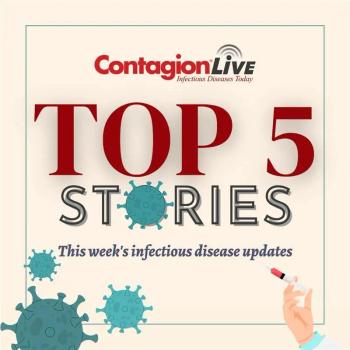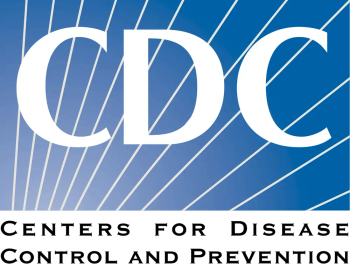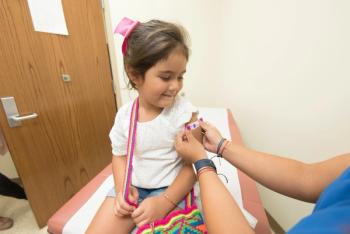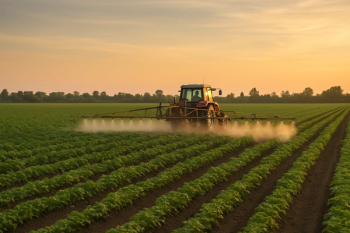
Four Deaths in Florida This Year From Vibrio vulnificus Infections
Cases and deaths in the state are down from the 2 previous years. Here are some clinical considerations, treatment options, and prevention strategies in relation to these infections.
In 2025, there have been 11 cases of Vibrio vulnificus infections with 4 deaths in Florida, according to the state’s department of health. Single deaths occurred in Bay, Broward, Hillsborough, and St Johns counties. Last year, the state had 82 cases and 19 deaths, and in 2023, there were 46 cases and 11 deaths.1
No further information about these cases was made public from the Florida Department of Health.1
What Is This Infection?
Vibrio are bacteria that cause an estimated 80,000 illnesses each year in the United States. Approximately a dozen species of Vibrio are pathogenic to humans.2 Most people are infected with Vibrio by eating raw or undercooked shellfish, particularly oysters. Some people are infected when an open wound is exposed to salt water or brackish water containing Vibrio. People can also be infected if an open wound comes in contact with raw or undercooked seafood.2 Some Vibrio infections can lead to necrotizing fasciitis, a severe infection in which the flesh around an open wound dies.3
Recent Cases
In recent years, there has been an increase in these infections, which are typically rare. Between July and August 2023, there were a total of 11 reported cases of infection with V vulnificus: North Carolina (7 cases), Connecticut (2 cases), and New York (2 cases). The average age of the patients was 70 years, with ages ranging from 37 to 84 years, and 7 of the patients were men. Of 10 patients for whom information was available, 9 had at least one preexisting condition. Of the 11 cases, 4 patients developed septic shock and 5 patients died.4
Climate change continues to be a factor in the rise of these infections, according to the Centers for Disease Control and Prevention (CDC): “As coastal water temperatures increase, V vulnificus infections are expected to become more common. This highlights the importance of public awareness and preventive measures, such as avoiding wound contact with brackish or salt water and raw seafood and thoroughly cooking oysters and other seafood before consumption."4
Learn more:
In addition, when natural disasters occur, there is often a rise in these infections. For example, there have been clusters of V vulnificus infections reported after Hurricane Katrina (2005), Hurricane Irma (2017), and more recently after Hurricane Ian (2022).5
Aside from last year's 82 cases and 19 deaths, Florida saw its highest number of cases in 2017 (50) and 2022 (74) going back through 2016. On its website, the Florida Department of Health notes that Hurricane Helene (2024) led to an “unusual increase” in Citrus, Hernando, Hillsborough, Lee, Pasco, Pinellas, and Sarasota counties and the aforementioned Hurricane Ian being a factor for an “unusual increase” in Collier and Lee counties in 2022.1
Clinical Considerations and Treatment
For clinicians, in thinking about Vibrio infection in patients and taking medical histories, something to consider is exposure to coastal waters, especially in patients at higher risk for infection, such as those with liver disease, diabetes, and immunocompromised health conditions.2
In terms of treatment, the CDC lays out potential first lines of treatment, which include the following2:
- "Doxycycline (100 mg orally or intravenously twice a day for 7-14 days) and a third-generation cephalosporin (eg, ceftazidime 1-2 g intravenously or intramuscularly every 8 hours) are recommended.
- Alternate regimens include a third-generation cephalosporin with a fluoroquinolone (eg, 500 mg ciprofloxacin orally twice a day) or a fluoroquinolone given alone.
- Children may also be treated with a combination regimen of a third-generation cephalosporin plus doxycycline or ciprofloxacin, or with an alternative regimen of trimethoprim-sulfamethoxazole plus an aminoglycoside. In selecting a regimen, clinicians should be aware of guidance from the American Academy of Pediatrics.
- Fluoroquinolones should not be used routinely as first-line agents in children younger than 18 years except when specific indications exist or in specific conditions for which there are no alternative agents (including oral agents) and the drug is known to be effective for the specific situation.
- Use of tetracyclines as a class of drugs in pediatric patients historically has been limited because of reports that this class could cause permanent dental discoloration in children younger than 8 years. More recent data suggest that doxycycline can be administered for short durations (ie, 21 days or less) without regard to the patient’s age.
- Give careful attention to the wound site. Necrotic tissue should be debrided. Severe cases might require aggressive debridement, fasciotomy, or amputation of the infected limb.”
Public Precautions
Although rare, there are considerations for the public in trying to avoid this infection. These include cooking raw oysters and shellfish before eating. For those with an open wound or cut, they should stay out of salt or brackish water. After handling raw shellfish, individuals should wash their hands with soap and water. For individuals who have wounds or cuts and have been in these types of water, they should also wash those areas.2
References
1. Vibrio vulnificus. Florida Health. July 20, 2025. Accessed July 20, 2025.
https://www.floridahealth.gov/diseases-and-conditions/vibrio-infections/vibrio-vulnificus/index.html
2. Severe Vibrio vulnificus infections in the United States associated with warming coastal waters. Centers for Disease Control and Prevention. September 1, 2023. Accessed July 20, 2025. https://www.cdc.gov/han/2023/han00497.html
3. About Vibrio infection. Centers for Disease Control and Prevention. May 14, 2024. Accessed July 20, 2025. https://www.cdc.gov/vibrio/about/index.html
4. Abene S. Vibrio vulnificus infections in the US. Contagion. February 26, 2024. Accessed July 20, 2025. https://www.contagionlive.com/view/vibrio-vulnificus-infections-in-the-us
5. Chandler E. In the aftermath: post-hurricane infections. Contagion. September 17, 2023. Accessed July 20, 2025. https://www.contagionlive.com/view/in-the-aftermath-post-hurricane-infections
Newsletter
Stay ahead of emerging infectious disease threats with expert insights and breaking research. Subscribe now to get updates delivered straight to your inbox.

















































































































































































































































































